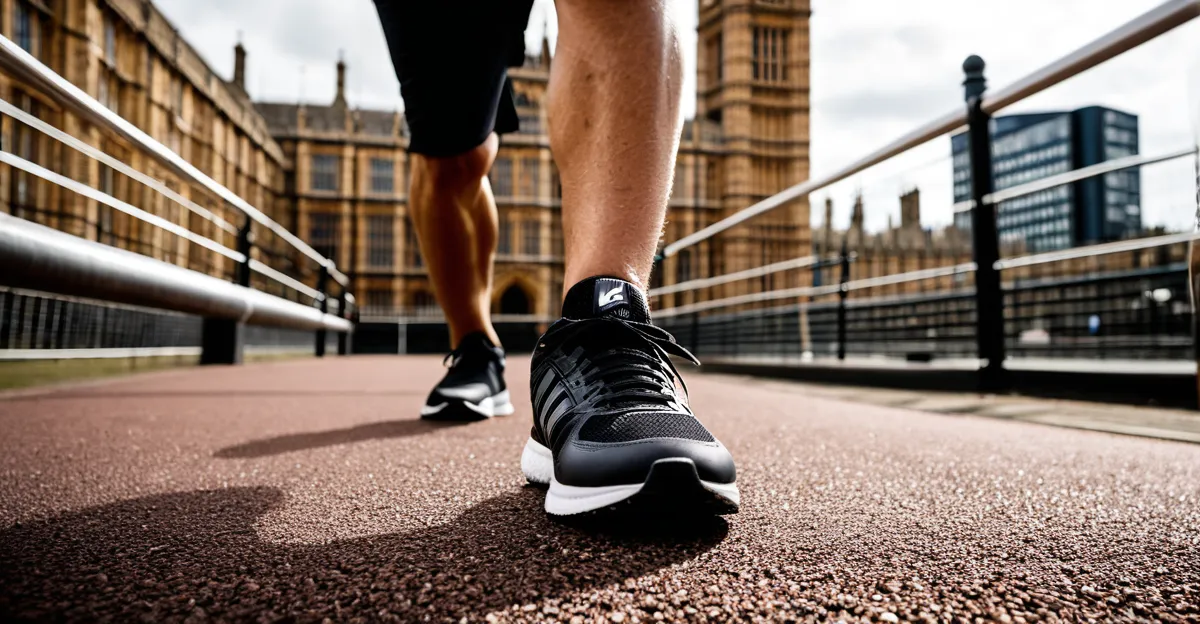Ranking the Top UK Cities for Fitness Facilities and Programs
When evaluating the best UK cities for fitness, several key criteria guide the rankings. These include the quality of fitness facilities, the variety and innovation of fitness programs offered, accessibility for all users, associated costs, and overall user satisfaction. Cities excelling in these areas provide residents and visitors with diverse options tailored to different fitness goals and lifestyles.
In recent fitness facility rankings, cities like London, Manchester, and Birmingham consistently lead due to their wide range of gyms, boutique studios, and community sports centers. London stands out with cutting-edge fitness programs and numerous facilities boasting modern equipment and expert trainers. Manchester offers affordable, accessible options with strong community engagement, while Birmingham balances quality and cost effectively.
Additional reading : What are the top UK cities for sports and fitness activities?
Prioritizing varied and accessible fitness programs benefits public health and wellness, encouraging active lifestyles. Understanding how cities compare using this fitness program comparison helps individuals and policymakers make informed choices, enhancing local well-being and promoting inclusive fitness opportunities.
Standout Fitness Facilities in Leading Cities
When it comes to finding the best gyms UK offers, several cities stand out for their diverse and high-quality fitness options. Major urban areas boast a mix of top fitness centers and public sports amenities designed to cater to all fitness levels and interests. From well-equipped gyms to leisure centers, these cities ensure residents have convenient access to excellent workout environments.
Topic to read : How can UK-based fitness apps enhance your training?
Public sports amenities such as parks with running tracks, swimming pools, and tennis courts are commonly integrated into city planning, encouraging active lifestyles. These spaces complement indoor facilities, making exercise accessible year-round.
Specialised facilities also contribute to the appeal of top-ranking cities in fitness. Boutique studios offering yoga, pilates, and spin classes provide focused training environments. Functional training spaces equipped for cross-training and high-intensity workouts add versatility beyond traditional gym setups.
Choosing a city known for its superior public sports amenities and leading gyms UK-wide means embracing a comprehensive fitness culture. This environment supports varied training preferences, whether you prefer group sessions in boutique studios or solo workouts on functional training equipment.
Variety and Quality of Fitness Programs Offered
Fitness clubs today pride themselves on providing an extensive range of group fitness classes, ranging from calming yoga and pilates to high-energy HIIT and spin sessions. This diversity ensures that members of all fitness levels and interests find programs that motivate and challenge them effectively. For instance, martial arts classes within fitness clubs add a dynamic edge, blending strength and discipline, which appeals to those seeking a varied workout routine.
In addition to group fitness classes, many clubs boast access to expert personal training UK services. Certified personal trainers tailor coaching programs to individual goals, providing personalized attention often missing in standard classes. These specialists not only guide workouts but monitor progress and adjust plans, maximizing results.
Beyond individual training, fitness clubs also foster community through organised fitness events and city-wide wellness programs. Such initiatives promote ongoing motivation and accountability, encouraging members to stay active beyond the gym’s walls. Engaging in community fitness challenges or wellness workshops increases social support—a proven factor in maintaining a healthy lifestyle.
Overall, the combination of diverse group classes, expert personal training, and community-driven programs contributes significantly to an enriching fitness experience.
Accessibility, Cost, and User Satisfaction in Each City
When considering gym memberships UK, the variation in fitness costs across cities is striking. Average membership fees tend to be higher in metropolitan areas, reflecting demand and facility quality. Many gyms offer drop-in rates, but these can surge substantially compared to monthly packages, making them less cost-effective for regular users. Discount schemes are common, particularly for long-term commitments or off-peak membership, helping to reduce overall fitness costs.
Accessibility is another key factor influencing user choice. Gyms with central locations near public transport links score highly in gym accessibility UK rankings. Convenient opening hours, often extending late into evenings or through weekends, are crucial for members balancing work and personal commitments. Gyms that provide easy entry—whether through multiple branches or accessible facilities—garner more positive reviews.
User reviews consistently highlight the balance between cost and accessibility as a determinant of satisfaction. Members appreciate flexible costs combined with convenient access, which enhances adherence to fitness routines. Overall, user reviews emphasize the need for affordable pricing without compromising accessibility, demonstrating that these elements significantly shape the overall customer experience in the UK gym landscape.
City-by-City Breakdown: Detailed Comparison Table
Understanding the UK city fitness comparison starts with evaluating key factors that matter most to fitness enthusiasts: facilities, variety of programs, costs, and satisfaction levels. Each city brings its own combination of strengths, making it crucial for individuals to identify which aligns best with their personal goals and budget.
For example, some cities excel in affordability, offering numerous gyms and classes at lower prices without compromising quality. Others lead in variety, providing an extensive range of fitness programs—from yoga and pilates to high-intensity interval training—catering to diverse preferences. Inclusivity is another important aspect; cities with welcoming environments and accessible facilities make staying active easier for all demographics.
A detailed comparison table can quickly highlight these differences. It showcases where each city ranks on key metrics like number of facilities per capita, average membership costs, program diversity, and member satisfaction scores. Such a table helps fitness seekers pinpoint the best cities for fitness UK, tailoring choices to their lifestyle needs.
This approach encourages informed decisions, facilitating a better fitness journey whether you prioritize cost, choice, or community support.
How Robot Hoovers Navigate Your Home
Robot hoovers use advanced navigation systems to efficiently clean your floors. Most models rely on a combination of sensors — such as infrared, cameras, and laser-based LiDAR — to map out rooms. This allows the robot hoover to identify obstacles and avoid collisions.
When a robot hoover starts cleaning, it creates a digital floor plan by scanning its surroundings. This mapping technology ensures thorough coverage, so no area gets missed. Some advanced robot hoovers even remember the layout, making subsequent cleanings faster and more efficient.
If you’re wondering, “How does a robot hoover know where to go without bumping into everything?” the answer lies in its obstacle detection sensors. These sensors alert the robot hoover to furniture, walls, and other objects, helping it change direction smartly.
For homes with multiple rooms or levels, certain robot hoovers can store several maps, switching between them to clean each space effectively. This feature makes robot hoovers excellent companions for keeping your entire home tidy with minimal effort.


